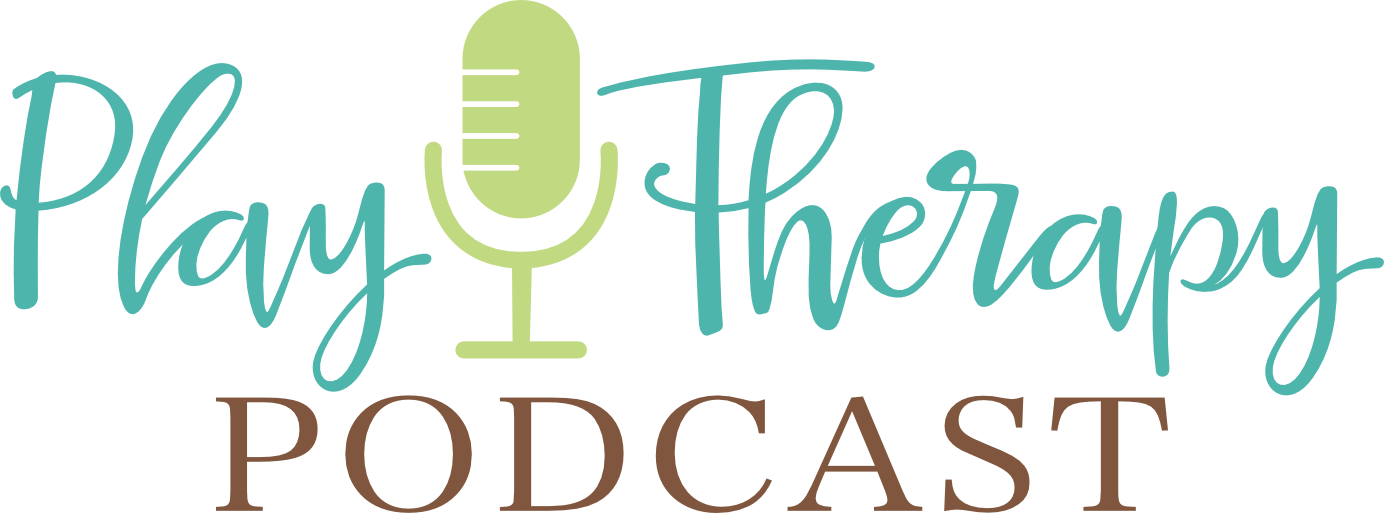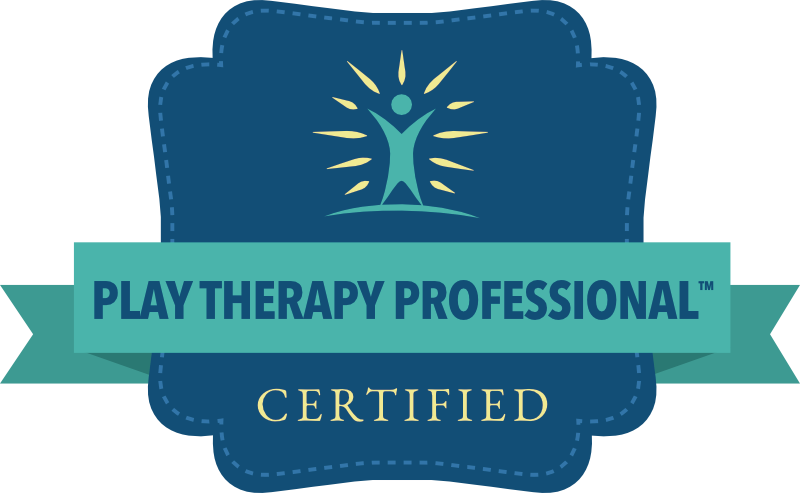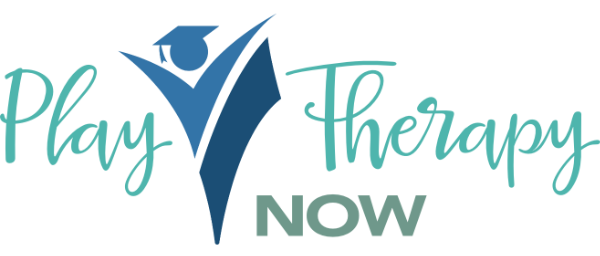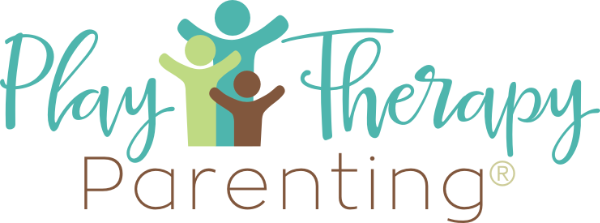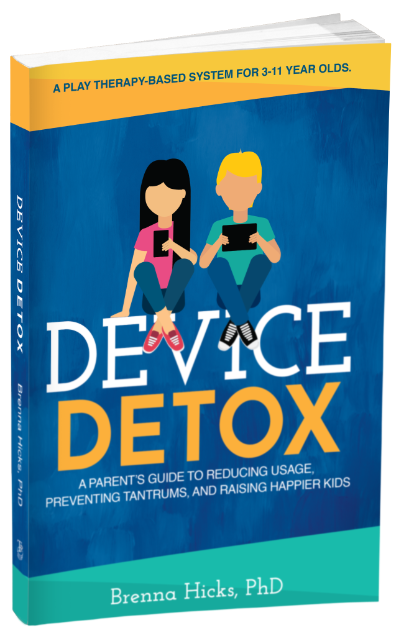Q&A Lightning Round #5: Nine Questions From Listeners Answered
Episode Summary:
In this episode of the Play Therapy Podcast, Dr. Brenna Hicks addresses several questions from listeners on various topics related to child-centered play therapy.
How to Schedule Parent Consultations?
Madison in Iowa asks: “I’m wondering how you organize your schedule to accommodate parent consultations. How long do they typically last? I’m trying to fit these into my schedule in some sort of a systematic way.”
Dr. Brenna Hicks provides a thorough explanation on systematically scheduling parent consultations:
Parent consultations should be scheduled every five sessions with the child. It’s crucial that these consultations do not replace or take the place of one of the child’s regular play therapy sessions. They must be scheduled completely separately.
The recommended duration for parent consultations is one hour. Dr. Hicks stresses that consultations should always be conducted in-person, not virtually, as this allows for better engagement and impact.
To systematically schedule these consultations, Dr. Hicks advises time-blocking your weekly schedule. Reserve specific time slots dedicated solely for parent consultations. The ideal times are hours when children typically won’t be scheduled, such as early mornings, lunchtimes, or later evenings when parents may be available from work.
Another approach is to utilize any cancellations or rescheduled openings in your regular client schedule. If a client cancels, you can reach out to parents due for their 5-week consultation and see if they can fill that newly opened slot.
However, these spontaneously filled slots should not be the primary way you schedule consultations. Having consistently time-blocked consultation hours is crucial for a systematic approach.
Dr. Hicks emphasizes making it clear to parents that in-person attendance is an expectation for these consultations to be maximally effective. There are important reasons why consultations are not charged for and must be conducted face-to-face.
By time-blocking, utilizing cancellations strategically, and clearly communicating expectations to parents, you can integrate parent consultations into your schedule systematically every 5 sessions per child.
Working with Children Taking Multiple Medications
Madison’s second question: “I’m wondering how you might handle a situation in which a parent brings a child who is currently taking multiple medications (3 to 5) that have been provided by a different provider (i.e., a psychiatrist).”
When working with children on multiple medications, Dr. Hicks advises against making any changes initially. Instead, she suggests focusing solely on play therapy first and then considering medication reduction later, once the child has progressed through the therapy process. This approach helps determine the cause of any changes in the child’s behavior.
Child Pretending to Be an Animal in Sessions
Maria from California asks: “How do you make sense of a child who pretends to be an animal and becomes nonverbal in their play?”
According to Dr. Hicks, a child pretending to be an animal and remaining nonverbal during play sessions is often a way for the child to explore new themes or emotions from a safe distance. It allows the child to experience vulnerability without having to verbalize their feelings directly.
Handling the Termination Process
Teri from the UK inquires: “One thing that keeps coming up is a challenge for me is how to discuss preparing to terminate with the child. So they’re not caught off guard since goals are not discussed with the child.”
Dr. Hicks emphasizes the importance of the termination phase, recommending a “3-2-1 countdown” of sessions leading up to the final one. She suggests framing it as a celebration, reminiscing about the time spent together, and allowing the child to take home mementos. Timing the termination with a natural break in the calendar can also be helpful.
Working with Children with Attachment Issues
Heidi from the UK asks: “Working with children with ambivalent or avoidant attachment styles based on their repeated experiences of physical and emotional abuse and neglect. What advice would you give me?”
Dr. Brenna Hicks provides in-depth insights on this topic based on her center’s experience working with residential foster children every week:
When it comes to children with attachment issues or trauma backgrounds, strict adherence to the child-centered play therapy model is crucial, without any adaptations. These children deeply need the unconditional acceptance and “be with” attitudes that CCPT provides.
Children from such backgrounds tend to exhibit one of two extremes in the therapy room – either they are completely open and crave adult connection desperately, or they are very slow to trust, doubting if the therapist truly cares for them.
Regardless of their initial presentation, the stages and phases of the CCPT process remain consistent. Resistance can be especially pronounced for these children as vulnerability is utterly devastating after having to survive through impenetrable self-protection.
The termination phase becomes exponentially crucial. These children require an extensive termination process to have a healthy goodbye, predictability about what’s to come, and a sense of closure – something they may have lacked experience with.
While the process may take longer or shorter than average, the key is to watch for shifts in themes, how the child handles situations differently than initial sessions, and other indicators that signal their progression through stages like aggression, regression and the working phase.
Dr. Hicks emphasizes that no alterations are made to CCPT for this population. The therapist must fully communicate through words and presence – “I’m here, I hear you, I understand, I care, and I delight in you.” This profound depth of unconditional positive regard is powerfully reparative for children lacking secure attachments.
The consistency, boundaries, and acceptance of the CCPT model create the holding environment these children have been deprived of, allowing them to finally experience being fully seen and valued. With strict fidelity to the model, profound healing can unfold.
Handling Personal Questions from Children
Miray from Turkey inquires: “How do you respond when a child keeps asking personal questions through the sessions, such as ‘What is your favorite animal?’ or ‘Would you like to come to my house?'”
Dr. Brenna Hicks provides a nuanced approach to navigating personal questions from children during sessions:
The first step is to consider the “why” behind the child’s questions. Are they aimed at building rapport and connection with you? In the initiation and warm-up stages, questions about favorites, interests, etc. are often the child’s way of trying to get to know you and find commonalities.
If the questions seem relationally motivated, providing brief one-word answers can be appropriate after reflecting the child’s curiosity back to them a few times first. This allows you to gauge if they truly want the specific answer or are just making conversation.
However, if questions veer into more intimate territory like “Can I be your child?”, reflecting the underlying feeling or desire meets the need without getting too personal. The “why” matters in discerning your response.
Sometimes children don’t actually want you to answer but are rather introducing a topic they want to explore. In these cases, relating it back to them by saying “I bet you have a favorite animal” lets the child lead the discussion where they want.
In other instances, talking about the topic itself generally, without directly answering, can satisfy the child’s curiosity while maintaining boundaries.
If a child persists by asking the same question three times after you’ve reflected it back, providing a very concise answer communicates you heard them. But keeping it brief avoids over-sharing.
Another layer is when children ask questions from an imaginative stance, like pretending to be an animal who cannot verbally respond. This allows secure distance from vulnerability.
Throughout it all, Dr. Hicks stresses considering the child’s intent, using strategies to maintain boundaries appropriately, and avoiding over-sharing personal information that may initiate a dynamic contrary to CCPT principles.
Complementary Therapies and Self-Care
Callie from Texas asks two questions:
“Are there any other complementary therapies or activities outside of therapy (e.g., extracurriculars, OT, PT, social skills groups) that can be helpful for clients?”
Regarding complementary therapies, Dr. Hicks cautions against introducing too many changes simultaneously, as it can be overwhelming for the child and make it difficult to determine the cause of any behavioral changes.
“Do you have any self-care recommendations for therapists between clients, daily, weekly, and longer? Especially for new therapists or interns?”
For self-care, she emphasizes the importance of identifying activities that bring joy and passion, scheduling regular breaks between clients, leaving work at work, and planning quarterly vacations. Self-care is crucial for therapists to avoid burnout and effectively serve their clients.
If you would like to ask me questions directly and get live, immediate answers, check out www.ccptcollective.com, where I host two weekly Zoom calls filled with advanced CCPT case studies and session reviews, as well as member Q&A. You can take advantage of the two-week free trial to see if the CCPT Collective is right for you.
Ask Me Questions: Call (813) 812-5525, or email: [email protected]
Brenna’s CCPT Hub: https://www.playtherapynow.com
CCPT Collective (online community exclusively for CCPTs): https://ccptcollective.com
Podcast HQ: https://www.playtherapypodcast.com
APT Approved Play Therapy CE courses: https://childcenteredtraining.com
Twitter: @thekidcounselor https://twitter.com/thekidcounselor
Facebook: https://facebook.com/playtherapypodcast
